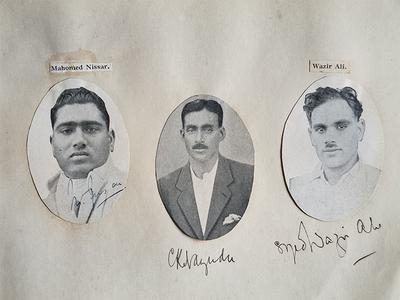The Mangaldas Library
The third chapter in the multi-part auction series of the Estate of Sir Mangaldas Nathubhai turns to the shelves of his Girgaum and Malabar Hill homes — the quiet centre of a cultivated Bombay life. Known to the city as a philanthropist and reformer, Sir Mangaldas was also a deliberate collector — one who read about what he acquired. His library was a place of study as much as of leisure: Hamlet beside The Grammar of Ornament, scripture beside travelogues, manuals of craft beside memoirs of empire.
Read More


















